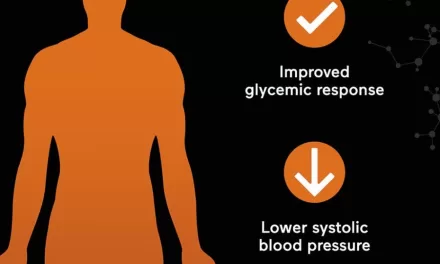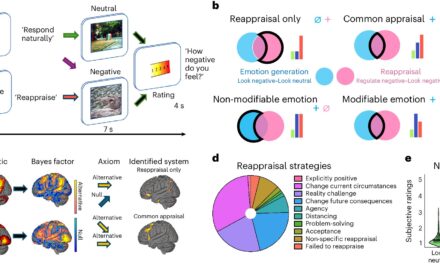In a groundbreaking study published in Cell Metabolism on July 2, researchers have unveiled a promising new method for early disease detection using facial temperature patterns. Led by Jing-Dong Jackie Han at Peking University in Beijing, the study suggests that subtle temperature variations across different facial regions could signal underlying health conditions such as diabetes and high blood pressure.
The research team utilized advanced AI technology and thermal imaging to analyze facial temperatures in over 2,800 participants aged between 21 and 88. They discovered that specific facial areas, including the nose, eyes, and cheeks, exhibit temperature changes that correlate with metabolic health and aging processes. Notably, individuals with metabolic disorders displayed distinct thermal patterns, with higher temperatures around the eyes and cheeks often indicating conditions like diabetes or fatty liver disease.
“Our findings suggest that facial temperature could serve as a non-invasive biomarker for assessing metabolic health,” explained Han. “These temperature variations, which are imperceptible to touch but detectable with thermal imaging, may provide early warning signs for diseases.”
The study also highlighted the potential of thermal imaging to track biological aging. Participants with warmer noses tended to have a younger “thermal age,” whereas increased temperatures around the eyes were associated with aging and metabolic disorders. The team’s previous work on using 3D facial structure to predict biological age laid the groundwork for exploring facial temperature as a health indicator.
To validate their findings, the researchers conducted an intervention study involving physical exercise. Over a two-week period, participants who engaged in regular exercise significantly lowered their thermal age by approximately five years. This result underscores the potential of lifestyle interventions in mitigating metabolic risks detected through facial thermal imaging.
Looking ahead, Han and her team plan to expand their research to investigate whether thermal facial imaging can predict other health conditions such as sleep disorders and cardiovascular diseases. They envision integrating this technology into clinical settings to enhance early diagnosis and intervention strategies.
“With further validation, thermal facial imaging could revolutionize how we monitor and manage metabolic diseases,” Han concluded. The study marks a significant step toward harnessing AI-driven thermal imaging as a powerful tool in preventive healthcare, potentially transforming the future of medical diagnostics.












